Sustainable Development Goal 3 (SDG 3) seeks to “ensure healthy lives and promote well-being for all at all ages”.1 The goal encompasses a wide range of mortality rates, infection numbers for many diseases, tobacco use, suicide rates, road deaths, and access to essential health services and family planning. There are 9 general targets, 3 means of implementation targets and 26 indicators.
 | 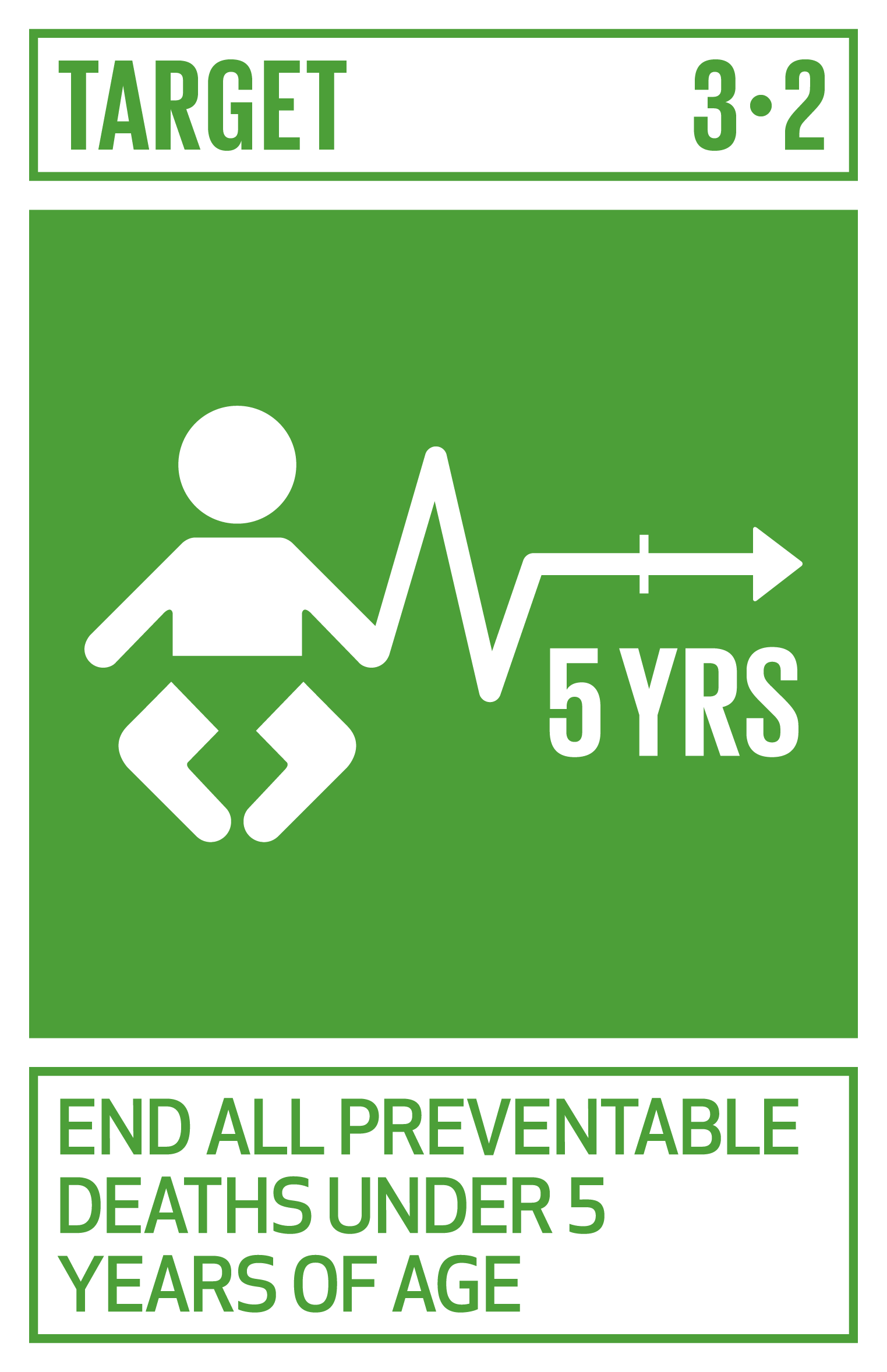 |  |  |
|
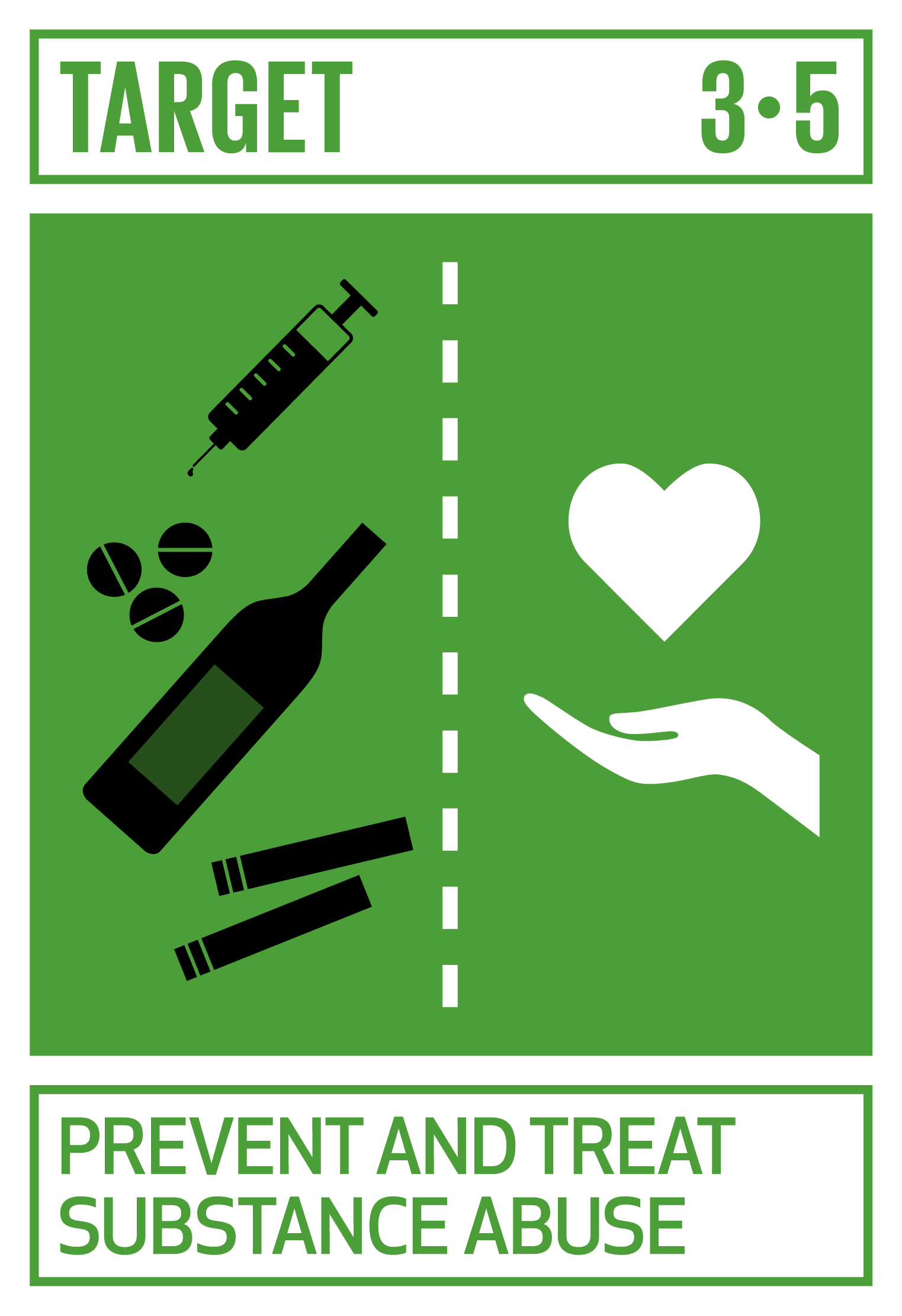 | 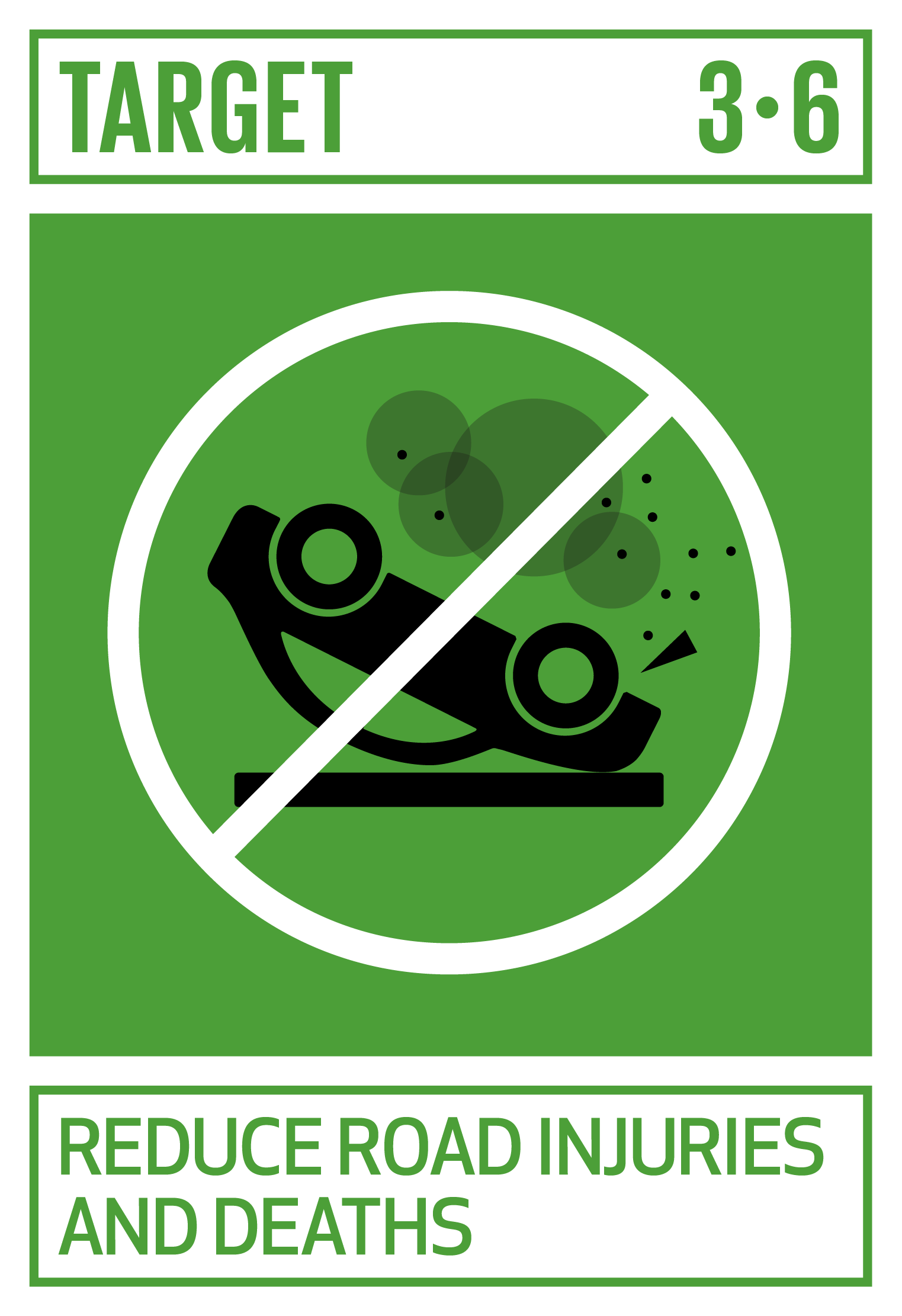 | 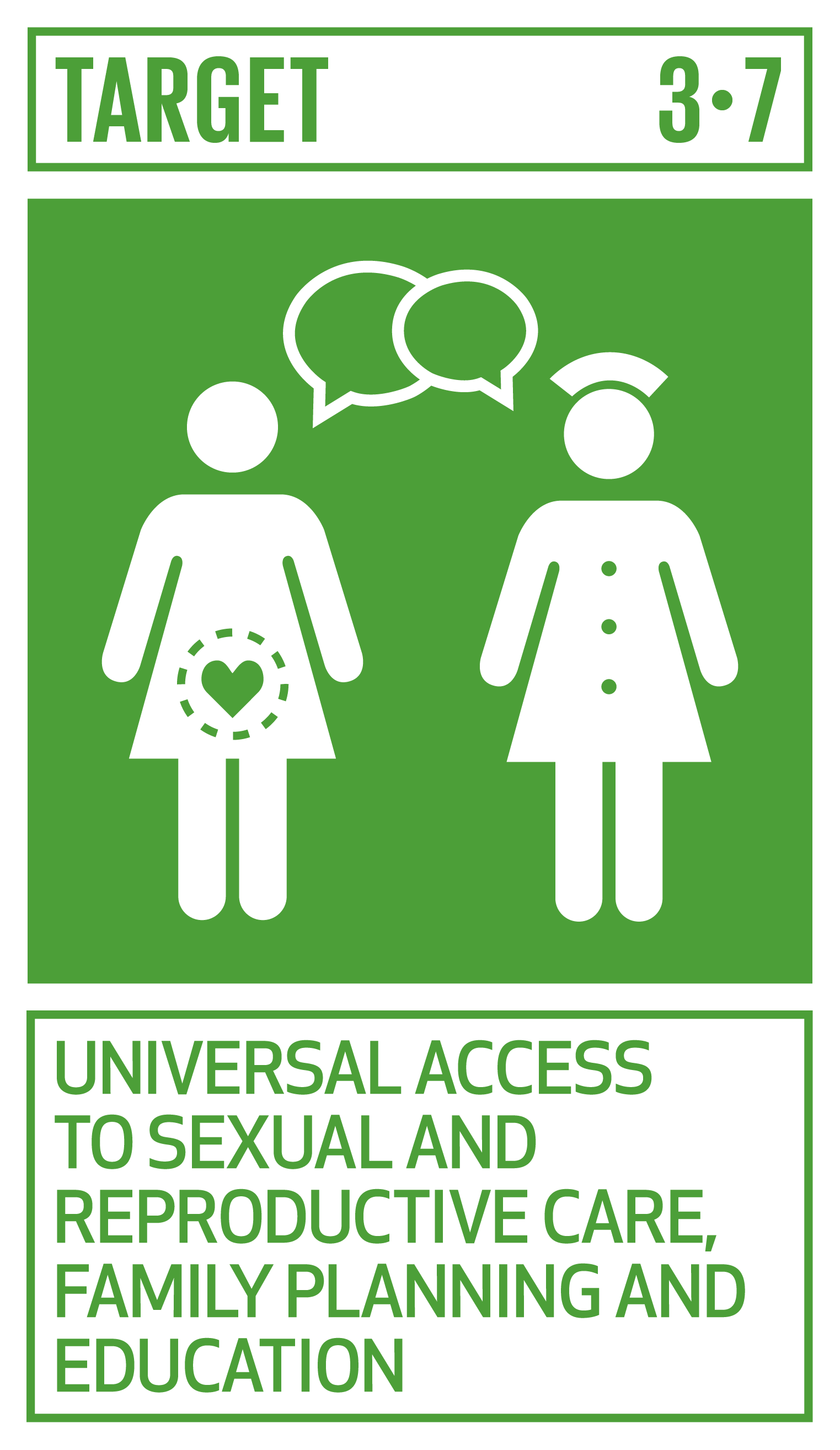 | 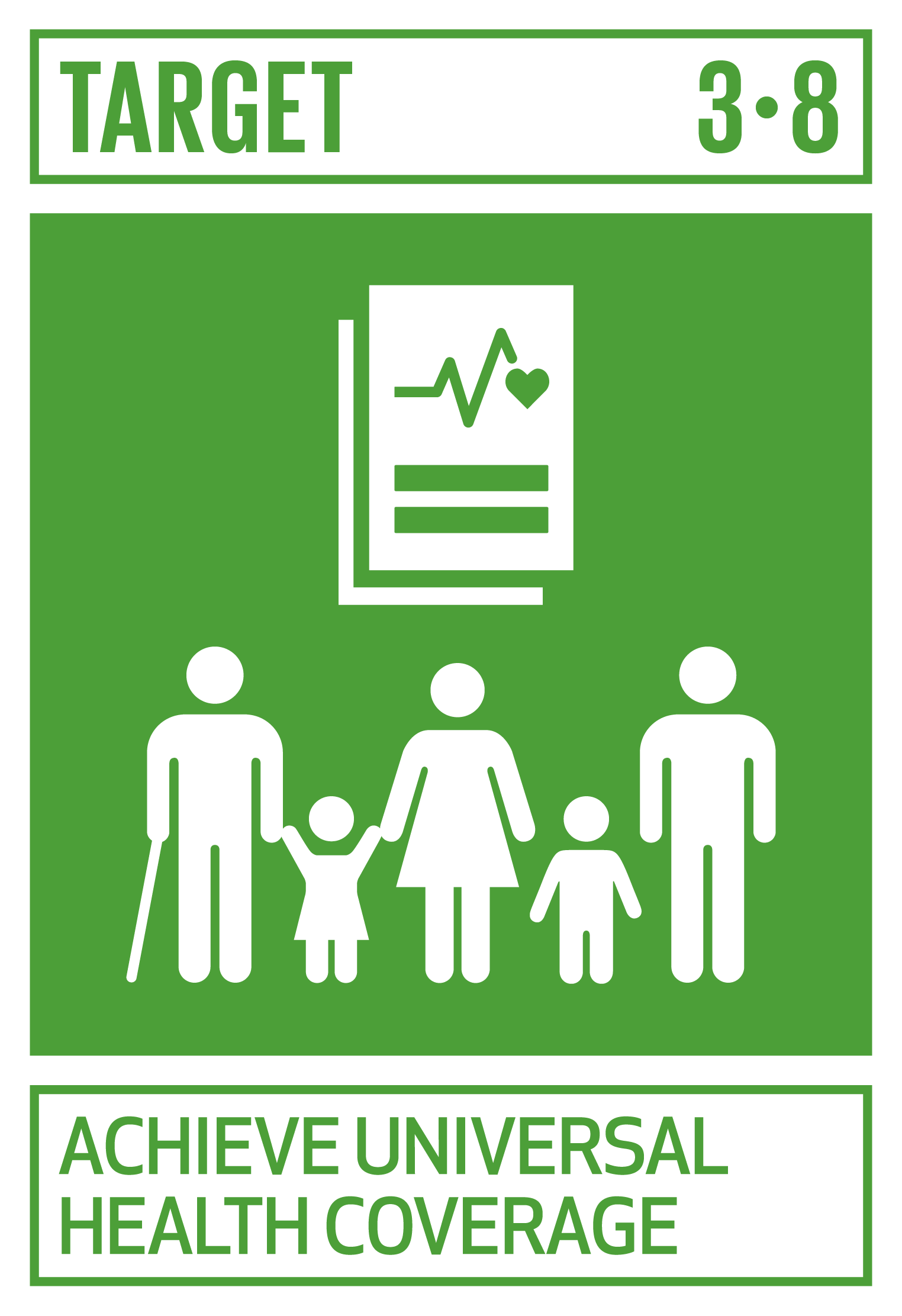 | 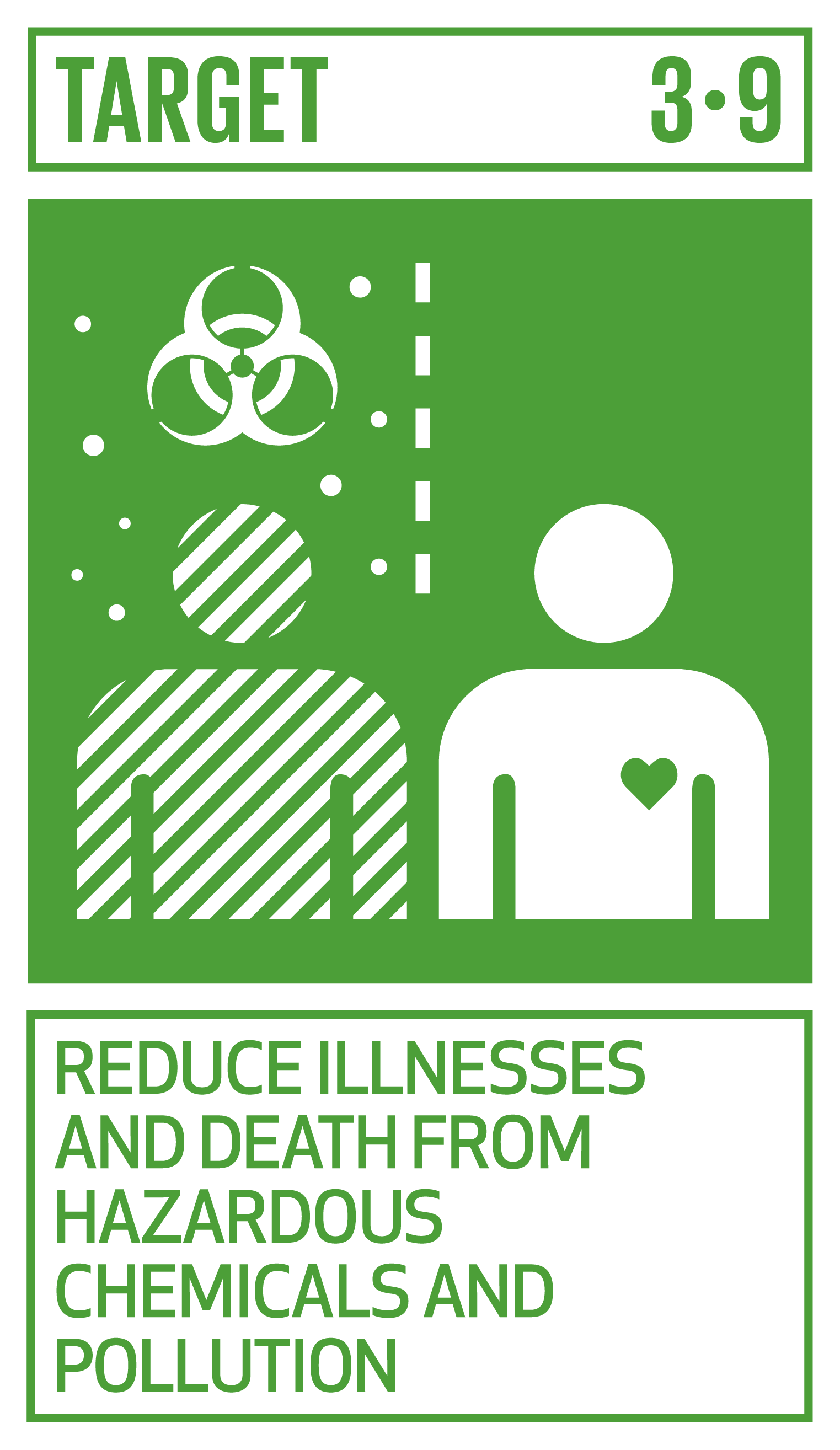 |
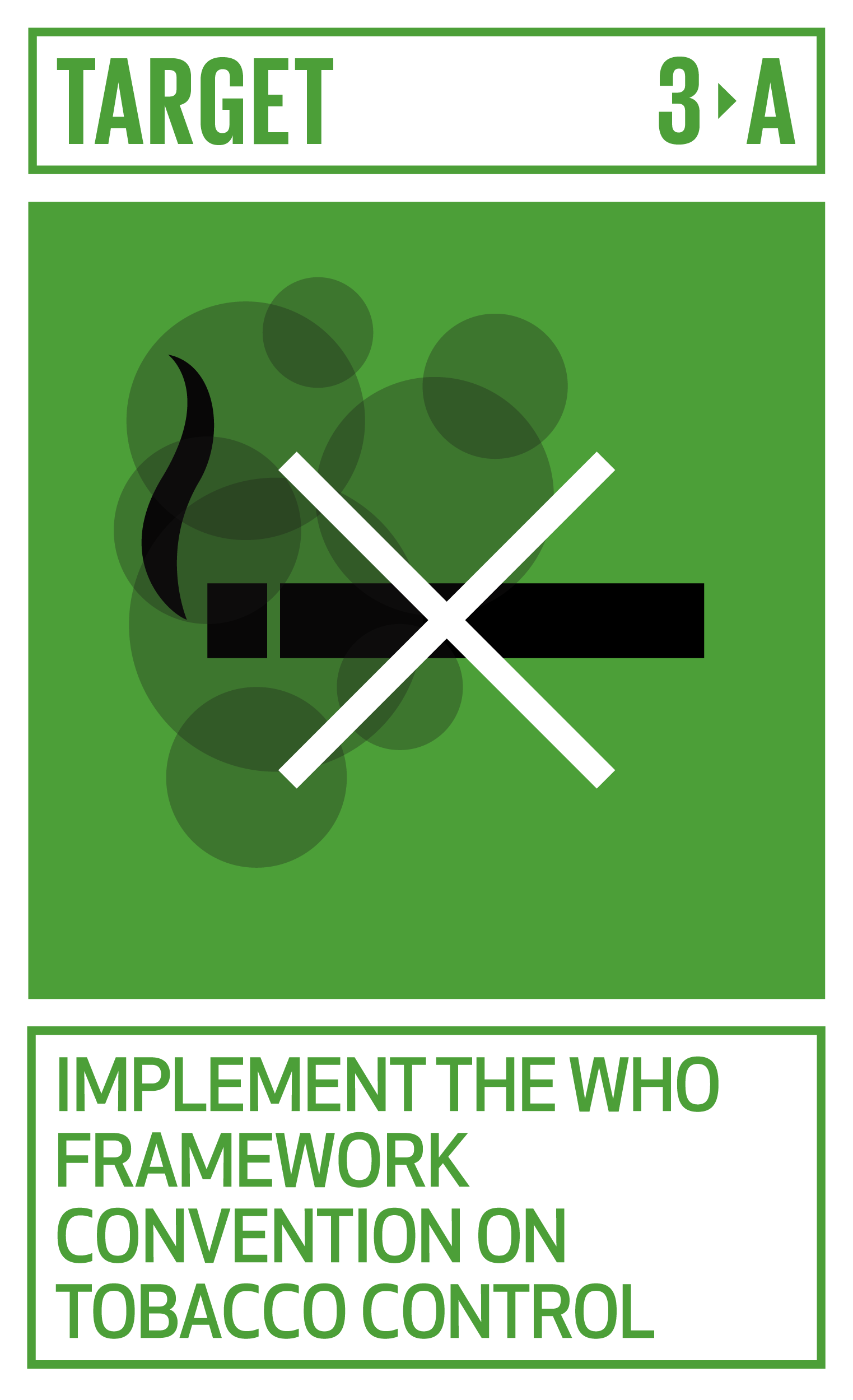 | 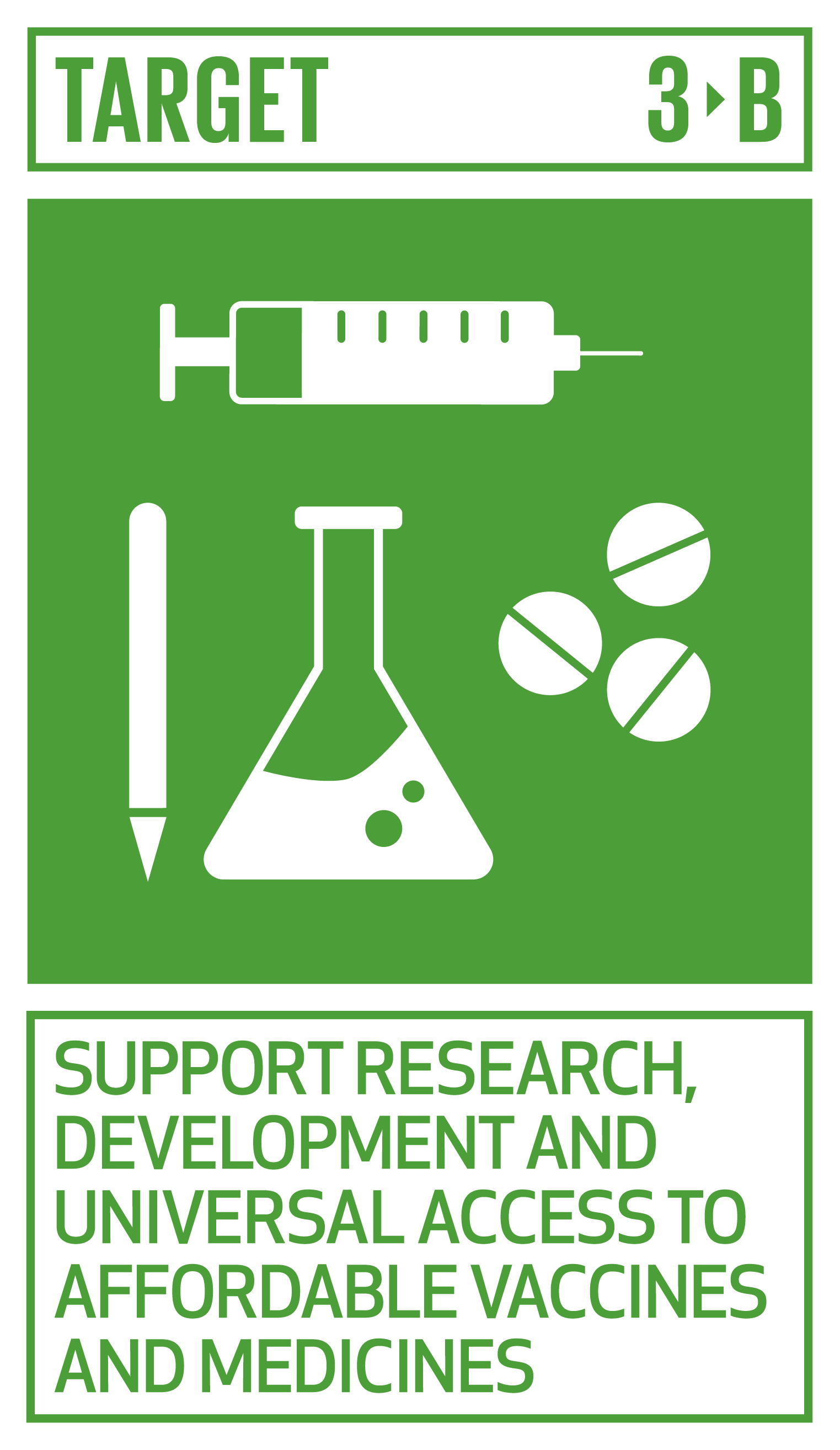 |  |  |
Transition from the MDG targets to SDG 3 in Cambodia
This SDG draws from the earlier Cambodia Millennium Development Goals, including CMDG 4: Reduce child mortality, CMDG 5: Improve maternal health and CMDG 6: Combat HIV/AIDS, malaria and other diseases. Of these goals, reductions in infant, under-five and maternal mortality rates were achieved, as was cutting the malaria mortality rate. Unmet goals included cutting the HIV prevalence among the general population and reducing the tuberculosis mortality rate and prevalence.2
As assessed in the 2019 Voluntary National Review, expansion and increased coverage of medical facilities has helped improve overall health. Alcohol and drug use, insecurity, urbanization, environmental deterioration and climate change all pose threats to the health of the population, however, and require multi and inter-sectoral responses.
The localization of SDG 3 in Cambodia
At the end of 2018, the Royal Government of Cambodia approved the Cambodian Sustainable Development Goals (CSDGs) Framework 2016¬–2030. This document sets out the specific targets and indicators Cambodia has adopted.
Of all the goals, CSDG 3 is one where the highest proportion of SDG targets and indicators have been picked up. The global framework has 13 targets and 27 indicators, while the framework for CSDG 3 has 11 targets and 21 indicators (see Table 1.)
Table 1: CSDG 3 targets and indicators
| CSDG Targets | CSDG Indicators | Unit | Baseline (2015) | 2020 | 2025 | 2030 | Monitored every |
| 3.1 An overall level of development of Cambodia: Health and well-being of Cambodian peoples and financial risk protection | 3.1.1 Live expectancy at birth | 5 years | |||||
| Male | Year | 67.5 | 68.1 | ||||
| Female | Year | 71.4 | 71.9 | ||||
| 3.1.2 Total Fertility Rate (expressed per woman) | number of children per woman | 2.7 (2014) | 2.1 | 5 years | |||
| 3.2 By 2030, reduce the global maternal mortality ratio to less than 70 per 100,000 live births | 3.2.1 Maternal mortality ratio | in 100,000 live births | 170 (2014) | 130 | 100 | 70 | 5 years |
| 3.2.2 Proportion of births delivery by skilled health personnel | % | 89.0 | 90.0 | 93.0 | 95.0 | Annually | |
| 3.3 By 2030, end preventable deaths of newborns and children under 5 years of age, with all countries aiming to reduce neonatal mortality to at least as low as 12 per 1,000 live births and under-5 mortality to at least as low as 25 per 1,000 live births | 3.3.1 Under-five mortality rate | in 1,000 live births | 35 (2014) | 30 | 28 | 25 | 5 years |
| 3.3.2 Neonatal mortality rate | in 1,000 live births | 18 (2014) | 14 | 13 | 12 | 5 years | |
| 3.4 By 2030, end the epidemics of AIDS, tuberculosis, malaria, and neglected tropical diseases and combat hepatitis, water-borne diseases and other communicable diseases | 3.4.1 % of new HIV infection per 1000 uninfected population | Among 1,000 | 0.05 | 0.03 | 0.02 | 0.02 | 3 years |
| 3.4.2 Tuberculosis (New infections/cases) incidence | in 100,000 population | 380 | 310 | 236 | 173 | 5 years | |
| 3.4.3 Malaria (New infections/cases) incidence | in 1,000 population | 2 | 1.05 | 0 | 0 | Annually | |
| 3.5 By 2030, reduce by one third premature mortality from non-communicable diseases through prevention and treatment and promote mental health and well-being | 3.5.1 Mortality rate attributed to cardiovascular disease, cancer, diabetes or chronic respiratory disease among peoples aged 30-70 | % | 36 | 34 | 32 | 30 | 5 years |
| 3.5.2 Percentage of adult population with depression received treatment | % | 2 | 20 | 30 | 50 | Annually | |
| 3.6 Strengthen the prevention and treatment of substance abuse, including narcotic drug abuse and harmful use of alcohol | 3.6.1 Percentage of people with drug used received treatment | % | 22 | 80.00 | >80 | >80 | Annually |
| 3.6.2 Prevalence of alcohol use among population above 18 years old | 53.5 (2010) | 45.30 | 44.90 | 44.40 | 5 years | ||
| 3.7 By 2020, halve the number of global deaths and injuries from road traffic accidents | 3.7.1 Death rate due to road traffic accidents | in 100,000 population | 14.7 | 12.3 | 9.2 | 7.1 | Annually |
| 3.8 By 2030, ensure universal access to sexual and reproductive healthcare services, including for family planning, information and education, and the integration of reproductive health into national strategies and programmes | 3.8.1 Proportion of women of reproductive age (aged 15-49 years) who have their need for family planning satisfied with modern methods | % | 57.0 | 62.0 | 65.0 | 68.0 | 5 years |
| 3.8.2 Teenage pregnancy 15-19 years | % | 11.5 | 8.0 | 6.0 | 4.0 | Annually | |
| 3.9 Achieve universal health coverage, including financial risk protection, access to quality essential healthcare services and access to safe, effective, quality and affordable essential medicines and vaccines for all | 3.9.1 Percentage of the population covered by social health protection systems i.e. Health Equity Funds and Social Health Insurance schemes | % | 23.0 | 50.0 | Annually | ||
| 3.9.2 Government Current expenditure on health as % of GDP | % | 1.24 | 2.0 | Annually | |||
| 3.a Strengthen the implementation of the World Health Organization Framework Convention on Tobacco Control in all countries, as appropriate | 3.a.1 Age-standardized prevalence of current tobacco use among persons aged 15 years and older | 5 years | |||||
| Male | % | 40.0 | 34.6 | 30.0 | 27.0 | ||
| Female | % | 15.0 | 13.7 | 10.0 | 8.0 | ||
| 3.a.2 Prevalence of tobacco use among youth aged 13-15 | % | 6.3 | 5.0 | 10.0 | 8.0 | 5 years | |
| 3.c Substantially increase health financing and the recruitment, development, training and retention of the health workforce in Cambodia | 3.c.1 Ratio of Physician/nurse/midwife per 1,000 population | in 1,000 population | 1.5 | 2.0 | 2.2 | 2.4 | Annually |
The mortality rate in infants and children under five
For low-income countries such as Cambodia, lack of wealth does not have to be an impediment to saving children’s lives. This can be seen by the annual rate of reduction in under-five mortality since 1995. Countries of all income levels, except high-income countries, have experienced an accelerated annual rate reduction of under-five mortality, including Cambodia.3 However, infant and maternal mortality and under-five mortality and prevalence of malnutrition is still high if compared to other countries in the region.
Cambodia has advanced its health agenda through an expanding health infrastructure, economic growth and poverty reduction, leading to improved living conditions and increased life expectancy. In five years from 2000 to 2005, Cambodia saw a rise of life expectancy from 61.9 to 68.7 years.4 Service improvements for mothers, including prenatal and postnatal care, are likely the main drivers for achieving better infant and under-five mortality rates. The number of health centers increased from 1,105 in 2014 to 1,205 in 2018 and hospitals from 97 to 123.5 Child vaccinations and the number of mothers breastfeeding has also gone up.
Infant and Under-five Mortality Rates in Mekong Region6
Maternal Mortality Rates
Improvements in key medical inputs throughout all of Cambodia, including in remote and lagging areas, have helped achieve reductions in the maternal mortality rate (MMR) and infant mortality rate. Maternal mortality decreased from 472 per 100,000 live births in 2005 to 170 in 2014. Infant mortality decreased from 66 per 1,000 live births in 2005 to 28 in 2014.7 Currently, the attendance of skilled medical personnel at birth is 85% and for post-natal care it is 90%. The availability of Caesarean section procedures has also risen since the presence of trained medical personnel has been improved.
Through all this progress, it is important to note that the primary targets were framed on very high base values, and the MMR remains high by international standards. In the case of reproductive health and contraception, only 35% reported using contraceptives while the target remains 60%. This significant gap is accompanied by a high rate of teenage pregnancy in the country. Through the continuous expansion of services and education, contraceptives can become widespread and teenage pregnancy lowered.8
HIV/AIDS and infectious diseases
While Cambodia successfully met its malaria target in the earlier MDGs, it fell short of achieving its tuberculosis reduction target as well as incidences of HIV/AIDS. Policy inputs have been significant in reducing malaria mortality and declines in tuberculosis – prevalence rates were cut via a major expansion in community DOT programs at health center level in 2004. However, lack of knowledge of sexual and reproductive health of adolescents and youth and increased adolescent pregnancies are still issues. HIV prevalence remain high among key population at risk to HIV infection such as entertainment workers, gay men and other men who have sex with men, transgender women and people who inject drugs, deaths from TB remains high, and high incidences of drug resistance especially for the treatments of TB and malaria remains a clinical challenge.9
In 2014, UNAIDS committed to achieving a ‘90-90-90’ strategy worldwide by 2020.10 The 90-90-90 target aims to ensure that 90% of people living with HIV know their HIV status, 90% of all those diagnosed with HIV infection are receiving antiretroviral drugs and 90% receiving the drugs will have viral suppression. New HIV infections in Cambodia have steadily declined from 2015, achieving its 90-90-90 target before the goal of 2020. Cambodia’s achievement before 2020 is shared only by six other nations. The targets increase to 95% for testing, treatment, and viral suppression by 2030.
Significant regional disparities in each of these diseases is persistent through all indicators of SDG3. This is due to geographical reasons, such as provinces where mosquito density is high, and socio-economic reasons – poor households have more challenging needs and are less able to self-fund treatment. These disparities, rooted in inequalities in income and living standards result in different access to quality healthcare and other public services. Improvements are needed for public resourcing and its distribution, and strengthening local delivery systems.11
Means of implementation of SDG 3 in Cambodia
The last two targets of CSDG 3 relate to means of implementation:
- 3.a Strengthen the implementation of the World Health Organization Framework Convention on Tobacco Control
- 3.c. Substantially increase health financing and the recruitment, development, training and retention of the health workforce in Cambodia
The Health Strategic Plan 2016–2020 (HSP3) is the Ministry of Health’s strategic management tool to guide the Ministry and all health institutions as well as concerned stakeholders. The HSP3 renews a long-term vision of health sector development and outlines the strategic framework for further strengthening operations in the entire sector, both public and private, to address priorities and to ensure consistent application of strategies across programmes. The HSP3 also contains the framework for monitoring and evaluating progress and results of its implementation. The plan also aims to mobilize adequate financial resources, inform fiscal allocation, and guide development assistance in the health sector.12
The UN has noted in its SDG Knowledge Platform that Cambodia’s economy remains buoyant, with strong investment and public revenues. But it flags that Cambodia has an ambitious SDG agenda, and growing public expectations alongside declining overseas aid. Cambodia has both opportunities and challenges around its implementation of CSDG 3.
The UN has noted that gaps in Cambodian governance in this area relate to data and monitoring and evaluation. The government must involve civil society, citizens and the private sector in implementation.
SDG 3 was reviewed in-depth at the high-level political forum of 2017.
Related Topics
References
- 1. Royal Government of Cambodia 2018. “Cambodian Sustainable Development Goals (CSDGs) Framework (2016-2030)”. Accessed 13 August 2019.
- 2. Ibid.
- 3. United Nations 2015. “The Millennium Development Goals Report 2015”. Accessed 27 August 2019
- 4. Royal Government of Cambodia 2019. “Cambodia’s Voluntary National Review 2019: On the implementation of the 2030 agenda for sustainable development”. Accessed 30 August 2019
- 5. Ibid.
- 6. United Nations Inter-agency Group for Child Mortality Estimation 2019. “Total infant and under-five mortality rates in Mekong region”. Accessed 12 August 2019.
- 7. Royal Government of Cambodia 2019. “Cambodia’s Voluntary National Review 2019: On the implementation of the 2030 agenda for sustainable development”. Accessed 30 August 2019
- 8. Royal Government of Cambodia 2018. “Cambodian Sustainable Development Goals (CSDGs) Framework (2016-2030)”. Accessed 13 August 2019.
- 9. Ibid.
- 10. Mothers2mothers. “UNAIDS 90-90-90 Targets“. Accessed 23 August 2019
- 11. Royal Government of Cambodia 2018. “Cambodian Sustainable Development Goals (CSDGs) Framework (2016-2030)”. Accessed 13 August 2019.
- 12. Ibid.

